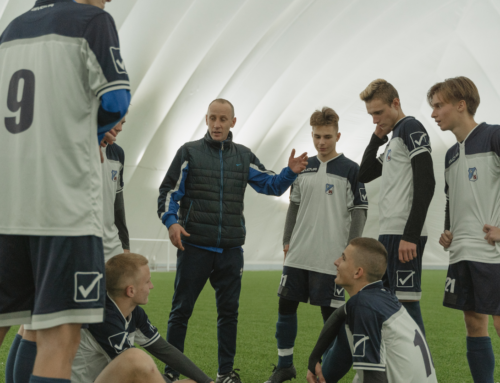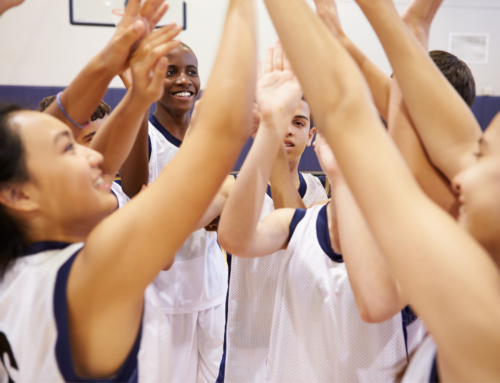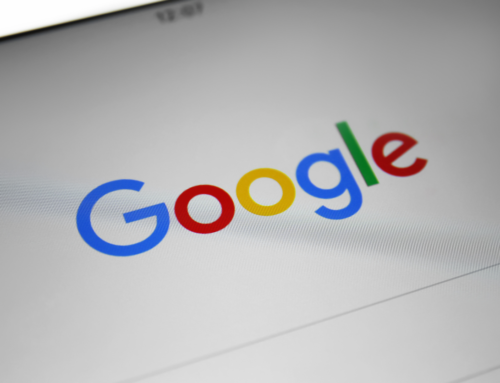Are you prepared to make the jump to collegiate sports?
Most of what you do on the field during high school is to prove to a college coach that you can, in fact, compete with the bigger, faster, stronger and smarter athletes at the next level. Yet the transition is still certain to be daunting for all but a select few highly gifted athletes.
Beyond the field of play, there are other adjustments to contend with. Demanding coaches. A jam-packed schedule. Schoolwork. Living away from home. And a whole new world in the weight room.
Yes, you may regularly work out. If you’re one of the lucky ones, you’ve had access to a strength coach through your school or a private facility. But collegiate strength and conditioning programs demand far more of you, both physically and mentally.
To help ease the transition to the next level, we asked three strength coaches with collegiate experience about the mistakes high schoolers make with their training. If college isn’t on your radar, use these tips to improve your workouts and get ahead of the game.
Mistake 1: Focusing too much on lifting heavy
Strength is great. You need it to become a more powerful athlete and to battle against your opponents. But as an athlete, you don’t need to lift like a powerlifter—even if it impresses your friends.
“Just because somebody is strong doesn’t mean they’re any good,” says Andrea Hudy, assistant athletic director of sports performance at the University of Kansas. “When an athlete can’t even squat because they’re so tight, they may be strong but they won’t last too long.”
The fix: You need to get stronger, but do it intelligently. Set aside your ego and master your form on your primary exercises, even if that means taking weight off the bar or using your body weight. Only at that point do you earn the right to load an exercise with heavy weight. Also, make sure to regularly perform plyometrics, and explosive movements with lightweight, speed drills and mobility work. Everything has a purpose.
Mistake 2: Ignoring eccentric work and deceleration
This may sound complicated but sit tight. It’s actually quite simple.
Eccentric work refers to the eccentric contraction of a muscle, which is when it lengthens under load. For example, your biceps eccentrically contract when you lower the weight during a Curl.
Developing this quality in the weight room and with technique drills allows for faster and safer decelerations. You will begin moving in a new direction much quicker with a smaller risk of a non-contact injury, like an ACL tear.
But when is the last time you focused on the lowering portion of a rep? Or when did you refine your landing technique from a jump?
Unfortunately, many athletes completely ignore these essential workout techniques.
“It takes patience and maturity to learn proper landing and body position, and attention to detail while eccentrically lowering the bar,” says Ron McKeefery, Vice President of Performance and Education for PLAE, who previously served as head strength coach for the University of Tennessee and Eastern Michigan football programs.
The fix: McKeefery offers three tips to help athletes improve their eccentric strength:
-
Perform exercises with a four-second negative, a short pause, and a two-second lift to focus on eccentric strength. For other rep tempos, make sure the negative part takes twice as long as the lifting portion.
-
Learn how to land from a jump by focusing on driving your hips back, landing with your feet shoulder-width apart and your knees aligned with your hips and ankles. Reinforce this technique with Depth Jumps, beginning with a knee-high box and gradually progressing to a taller box and Single-Leg Jumps.
-
Learn proper deceleration and change of direction technique by regularly practicing the Pro Agility Shuttle. Break it down into segments to refine your technique.
Mistake 3: Failing to train all of your muscles
Too many athletes enter their collegiate programs totally out of whack because their training fell short or they played one sport too frequently. Specifically, their posterior chain—the glutes, hamstrings, and lower back—is often underdeveloped.
The posterior chain muscles—particularly the glutes and hamstrings—are major contributors to basic athletic skills.
If your quads are overly activated and your posterior chain is underdeveloped, it’s a surefire way to impair your explosive speed and power and become more susceptible to overuse injuries.
The fix: Harris has his athletes prioritize posterior-chain exercises. When freshmen first come to him, he has them master the Glute Ham Raise. They progress from forward leans with assistance on the way up to when they can move through the full range of motion. His other go-to exercises include Physioball Leg Curls, Glute Bridges, Reverse Hypers, Nordic Hamstring Lowering, and RDLs.
Mistake 4: Skipping mobility work
A dynamic warm-up and a post-workout cooldown are essential to your long-term success. Yet, a good percentage of athletes are guilty of half-assing or even skipping their warm-up and/or cool-down.
The result? Athletes who lack mobility and can’t get into the proper positions needed to execute their sports skills or common exercises. Not only will your strength and technique suffer, but this is also another way to develop an overuse injury because if your mobility stinks, other areas of your body will pick up the slack.
The fix: Put simply, do your mobility work. Here are Harris’s go-to mobility exercises:
-
Hurdle Mobility
-
Deep Goblet Squat Holds (use a lightweight with 5-second holds)
-
Overhead Squats
-
Fire Hydrants
-
Glute Activation (Glute Bridges, Cook Hip Lift)
-
Half-Kneeling Hip Flexor Stretch
Mistake 5: You always do the same thing
There’s a good chance you’ve specialized in one sport by the time you get to college. This is completely fine, but there are two problems if you’re not careful.
First, if you do the same thing over and over again, you will excel at those skills in tasks, but there’s a good chance you are ignoring large aspects of athleticism that could help you become a more well-rounded player in your sport.
Second, if you do the same thing over and over again, you set yourself up to create muscle imbalances and risk an injury if you’re not careful.
The fix: Hudy tells her athletes to do something they’re not good at. “We try to do the opposite of what they are good at to create health,” she says. “Gymnastics is great because you have people who normally don’t roll, tumble or get in a low position. I like kinesthetic awareness. I like the stretching.”
Did you enjoy the article ‘3 College Strength Coaches Explain the Biggest Training Mistakes Made by High School Athletes’? If so, check out more of our articles HERE.
Original article posted on stack.com





